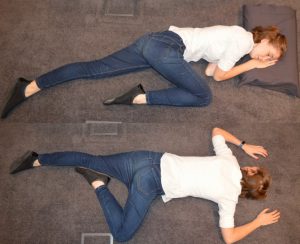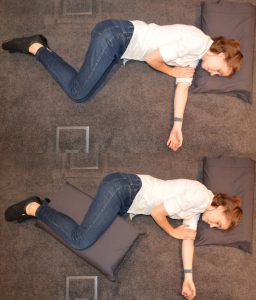Do you have good sleeping posture?
We know we could all definitely get more sleep in our lives. Sleeping is important for our bodies to heal, rest and be ready for the day ahead. But did you know that the positions you sleep in at night may be doing more harm than good?
According to the National Centre on Sleep, humans spend 33 percent of their lives sleeping, that’s one third of your life in bed! Therefore, the positions we sleep in at night can either help or hinder the work we’ve been putting in to ensure our spines are the healthiest they can be.

Starting with the mattress. Old mattresses can be contributing to already existing back pain or incite pain to present itself, so supporting yourself with an up-to-date mattress as your body moves through the stages of sleep helps support your back and get those crucial hours of sleep.
The ACA endorsed SleepMaker mattresses can provide the comfort and support your spine needs throughout the night. Visit the Endorsed Products page to find out more.The main position we sleep in at night can also affect our spinal health. As we naturally gravitate towards a certain sleeping position, either on our back, side or stomach, some can be more beneficial than others.
Here are the most common sleeping positions and how to adjust them for better spinal health:
- Stomach sleeping: Bad news for stomach sleepers, this is considered to be the worst sleeping posture and is not recommended. It puts unnecessary pressure on your neck due to twisting your head and the straining of your lower back. It can also cause pressure on your chest. Also sleeping half on your side and half on your tummy creates a twist in the lower back which causes lots of pressure on your spine.

- Side sleeping: This is generally considered a better sleeping position for a healthy spine. Try lying with your lower leg bent to 45 degrees and the upper leg straight or try placing a pillow between your knees and bending both your knees and hips slightly to position your pillow. This will reduce pressure placed on the spine and provide alignment.

- Back sleeping: Sleeping on your back can also help maintain a healthy spine. For extra support, place a pillow under your knees to keep to the natural curve of your spine and reduce strain on your lower back. It is also important to ensure your head pillow is the correct height to reduce strain on the curves of your neck.

